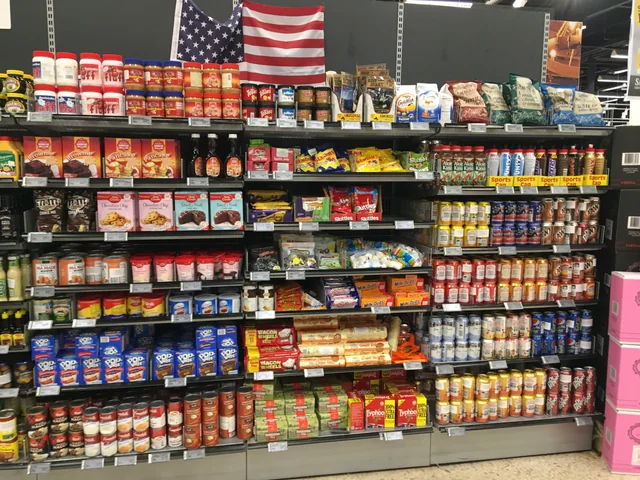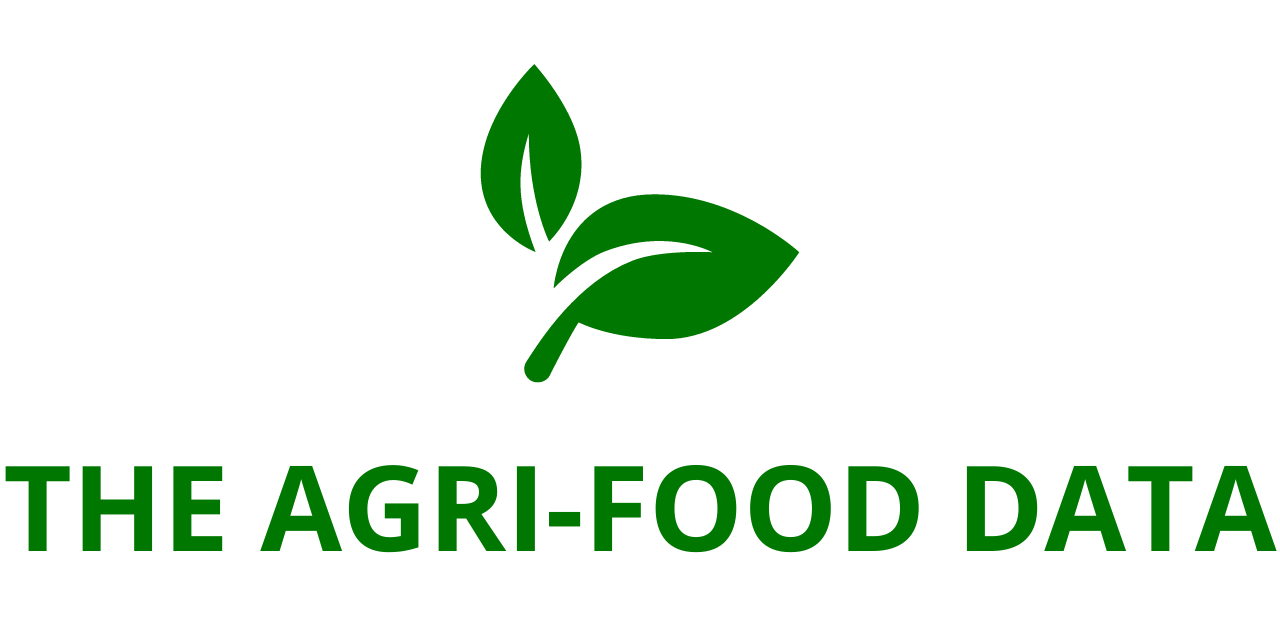
A new report, Digital Engagement Transforms Grocery Shopping, premiered at FMI’s Midwinter Executive Conference, revealing the profound impact of digital tools on grocery shopping behaviors. The study highlights that over 90% of shoppers now engage in both online and in-store grocery shopping, emphasizing that digital engagement has become essential for growth in the grocery sector.
In 2017, FMI and NielsenIQ (NIQ) projected that by 2025, spending by digitally engaged grocery shoppers would reach $100 billion, achieving a 20% market penetration. However, the latest report shows that these figures have been not only met but significantly surpassed. According to the new data, total U.S. online grocery sales are projected to reach $388 billion by 2027, representing nearly 25% of the market. This surge underscores the increasing influence of digital tools, including ecommerce platforms, retailer apps, social media, and AI-driven personalization, on the grocery shopping experience. The report also notes that the COVID-19 pandemic played a crucial role in accelerating the adoption of omnichannel shopping, blending online and in-store experiences.
Mark Baum, Chief Collaboration Officer and Senior Vice President of Industry Relations for FMI, commented on the findings: “Consumers are seamlessly blending in-store and online experiences to meet their needs. Our research underscores the urgency for food retailers and manufacturers to adapt to this omnichannel reality and leverage digital technologies to enhance convenience, personalization, and trust. Trading partners need to meet consumers where and how they want to be met.”
Kim Cox, Managing Director of Omnicommerce at NielsenIQ, echoed Baum’s sentiments, stating, “Digital engagement is no longer a complementary strategy; it’s essential to growth. With online food sales projected to reach $388 billion by 2027, retailers and manufacturers must prioritize ecommerce and social commerce strategies to meet the expectations of digitally connected consumers.”
Key Findings from the Report
1. Online Sales Growth: The report indicates that online sales growth continues to outpace that of in-store sales across both food and non-food categories. Despite this growth, in-store shopping still holds the majority share of total sales. This dynamic suggests that while digital engagement is rising, physical stores remain a crucial component of the grocery ecosystem.
2. Youth Purchasing Power: Gen-Z consumers are leading the charge in digital shopping trends, often beginning their shopping journeys online and being heavily influenced by social media platforms. Millennials, meanwhile, are the most active demographic for online purchasing, reflecting their comfort with digital technologies and ecommerce.
3. Social Media Ecommerce: The integration of ecommerce with social media platforms is becoming increasingly significant. The report finds that 55% of respondents now make direct purchases from social media or live-stream platforms for grocery and household items. This trend highlights the growing importance of social commerce in the retail landscape.
4. Technology Prioritization: A significant 92% of retailers are now leveraging technology, including artificial intelligence, to personalize or customize shopping and marketing experiences both online and in-store. This shift towards technology-driven personalization is aimed at enhancing customer satisfaction and loyalty.
5. Curbside Pickup: Curbside pickup has gained popularity, with 31% of respondents using this option more frequently than same-day home delivery, which has decreased to 29%. This preference suggests that consumers value the convenience and flexibility offered by curbside pickup.

Implications for Retailers and Manufacturers
The findings of the Digital Engagement Transforms Grocery Shopping report highlight both the challenges and opportunities facing food retailers and manufacturers. To stay competitive, businesses must prioritize their connected commerce strategies and embrace channel fluidity, allowing shoppers to move effortlessly between ecommerce, in-store, and social channels. This approach is essential for future success, as consumers increasingly expect a seamless and integrated shopping experience.
The report is part of a strategic alliance and multi-year initiative between FMI and NielsenIQ aimed at uncovering comprehensive insights into current and future digital shopping behaviors within the food retail marketplace.
For Media Inquiries
Members of the media may contact FMI for a complimentary copy of the Digital Engagement Transforms Grocery Shopping report. Additional resources and information can be found
About FMI
As The Food Industry Association, FMI works with and on behalf of the entire industry to advance a safer, healthier, and more efficient consumer food supply chain. FMI brings together a wide range of members across the value chain—from retailers to producers to companies supplying critical services—to amplify the collective work of the industry. For more information,
About NielsenIQ
NielsenIQ (NIQ) is the world’s leading consumer intelligence company, delivering the most comprehensive understanding of consumer buying behavior and revealing new pathways to growth. In 2023, NIQ combined with GfK, uniting two industry leaders with unparalleled global reach. Today, NIQ operates in more than 95 countries, covering 97% of global GDP. With a holistic retail view and the most comprehensive consumer insights—delivered through advanced analytics and state-of-the-art platforms—NIQ provides the Full View™ of consumer behavior.





